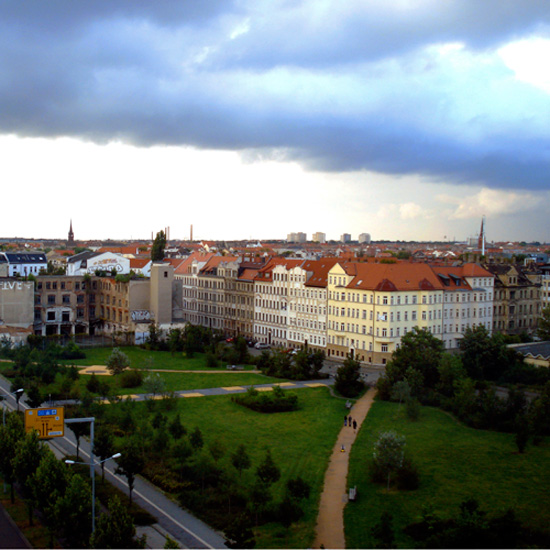|
The beautiful city of Leipzig, where my great-grandfather Emil Schlenzig ran away from home to learn the confectionary art in France, then go to America and finally my hometown of Denver, Colorado where he ran his confectionary business. It is one of Europe's prime musical cities: Wagner was born here and Bach died here. Meanwhile, it was the center of music publishing in Europe... an honor that ended when the city was bombed during World War II and so many buildings were destroyed.
On the left, photo 2 shows the Opernhaus on the right. During an air raid in the night of December 3, 1943, the theater was destroyed, as were all Leipzig's theatres. Construction of the new opera house began in 1956. The theatre was inaugurated on October 8, 1960, with a performance of Wagner's Die Meistersinger von Nürnberg. Photo 4 is of the famous Leipzig Gewandhaus The first Gewandhaus was built in 1781 by architect Johann Carl Friedrich Dauthe. The second opened on 11 December 1884 and was destroyed in the fire-bombings of World War II between 1943 and 1944. The third Gewandhaus on Augustusplatz opened on 8 October 1981. It is currently the home of the famous Leipzig Gewandhausorchester. The last photo on the left shows us the plaque that marks the spot of Wager's birthhouse, now gone.
All six pictures on the right are photos taken of and in the Nikolaikirche, built around 1165 when Leipzig, also known as St. Nicholas's City, was founded. It is built partially in the Romanesque style but was extended and enlarged in the early 16th century with a more Gothic style. In 1794 the interior was remodeled by German architect Johann Carl Friedrich Dauthe in the neoclassical style. The church has been a Protestant seat since 1539 after the Protestant Reformation, but the Catholic Church is allowed to use it too.
The church saw four of the five performances (including the premiere) of the St John Passion (English) by Johann Sebastian Bach on Good Friday in 1724, 1728, 1732, and 1749 as well as many of his cantatas and oratorios performed by the Thomanerchor (English). In 1989, it became the centre of a peaceful revolt against Communist rule that began the process of the unification of Germany.
|






















